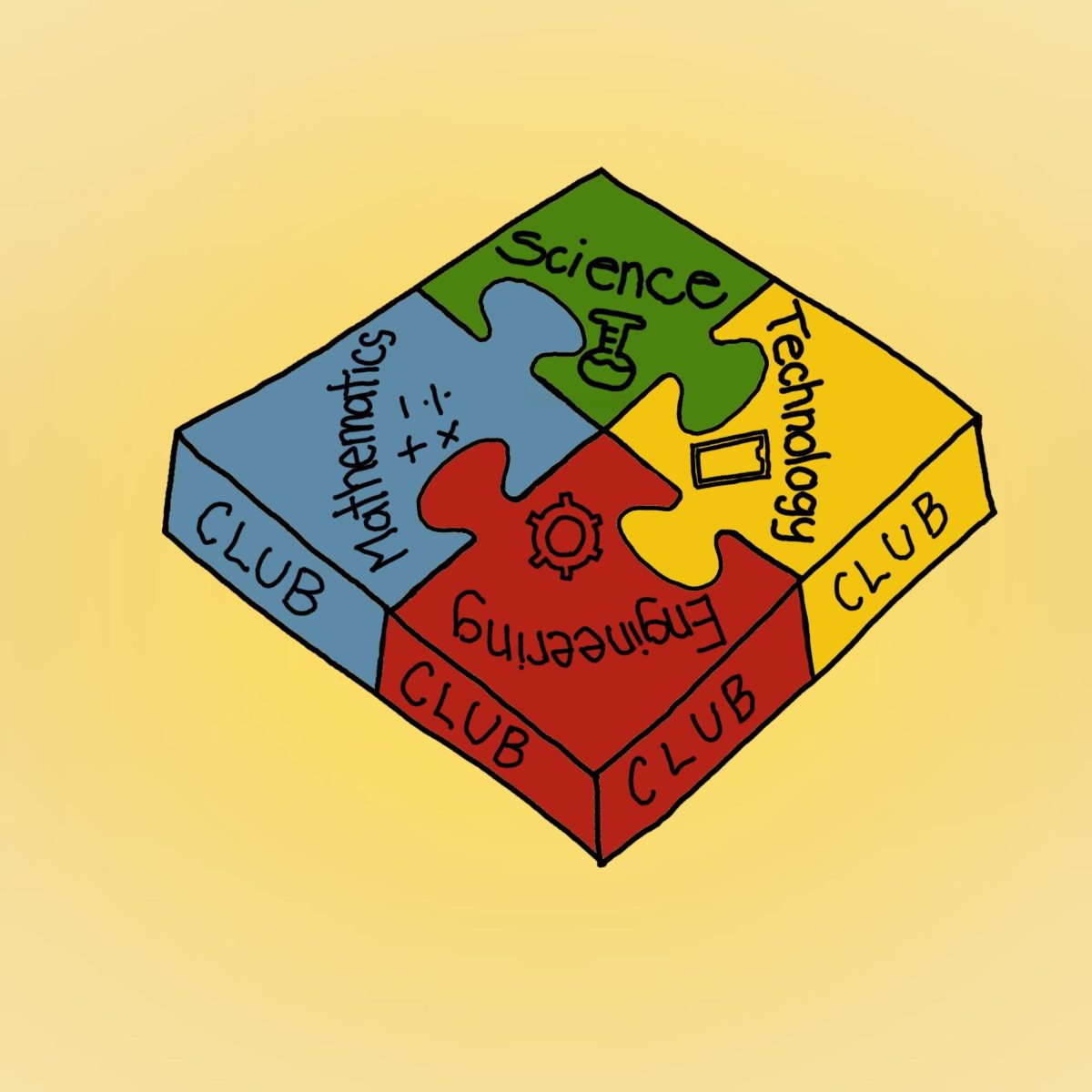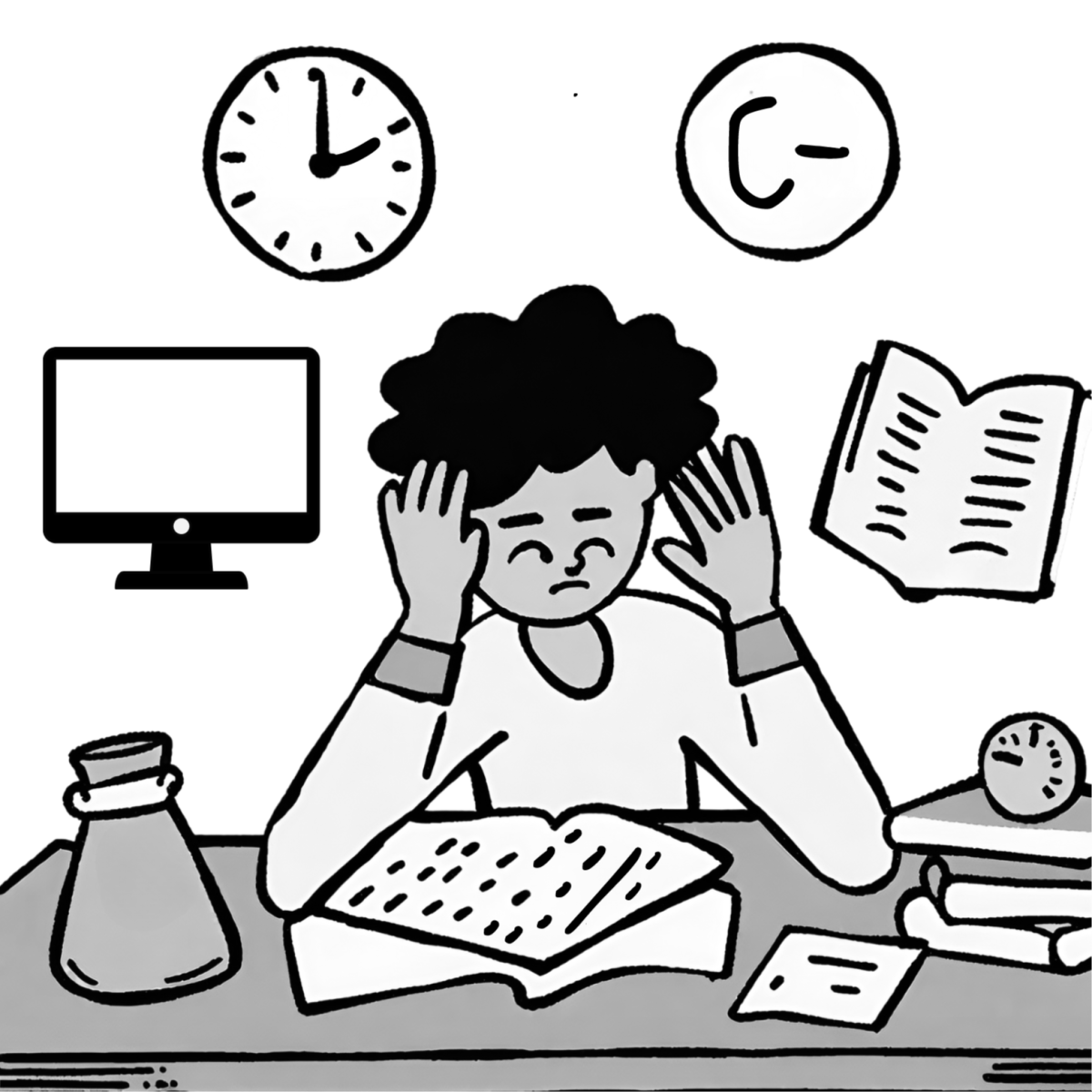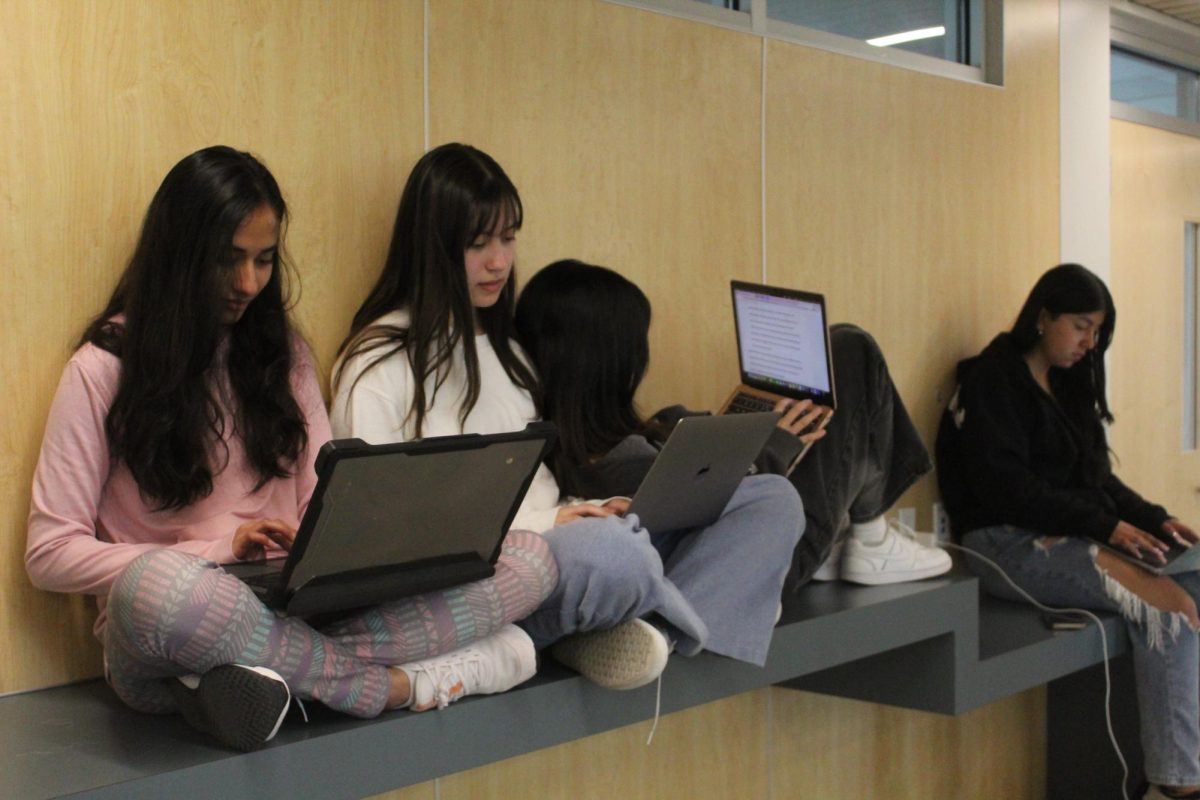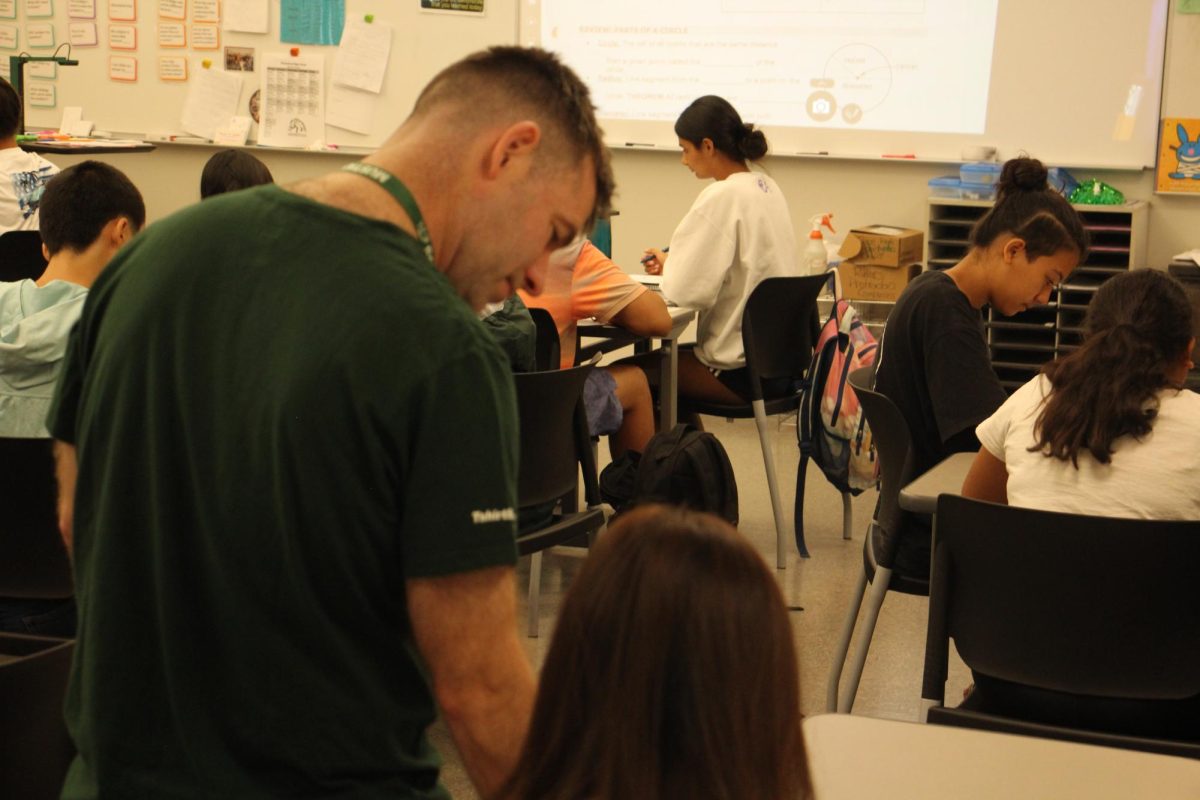During the pandemic, toggling between Zoom sessions often meant viewing a grid of pixelated faces and teachers swiftly diving into chemistry one minute and history the next. The constant shift of my attention from one topic to another left me yearning for an escape and virtual backgrounds served as a stark reminder of the disconnect I felt from school.
Reflecting on the current semester, I noticed many classes I was engaged in consistently included warm-ups. For me, warm-up activities — typically defined as those completed at the start of class in preparation for learning — signal the need to put aside distracting thoughts. In contrast, classes that immediately delved into lectures or content frequently prompted stifled yawns and bored expressions from students.
In my computer science class, my teacher John Shelby often begins with a problem for the class to address collectively. Shelby then builds on our ideas and compares and contrasts different approaches. This makes the class way more engaging with the additional benefit that I am learning how to critically think through different problem-solving approaches.
Engaging warm-ups do not need to be limited by subject matter alone. A cold open, like a trivia question or interesting image, can spark conversation and boost student involvement. It requires no more than five minutes of class time but yields lasting benefits by creating a stronger student community with increased participation in the classroom.
As I navigate through classes loaded with dense material, I have discovered warm-ups also serve as effective brain breaks. Contrary to the misconception that breaks are solely for cooling off, a 2021 study from a neuroscientist at the National Institutes of Health highlights their role in helping our brains compress and consolidate information learned in class. These breaks facilitate unexpected connections between unfamiliar topics and my own life, preventing fatigue, boredom and distraction from taking hold.
As the day progresses and cognitive fatigue sets in, warm-ups play a crucial role in helping me decompress, refocus and absorb new information. Teachers need not overthink or burden themselves with extensive warm-up planning: simple techniques like allowing informal student chat for a few minutes can equally effectively set a positive tone for the class.
Warm-ups might seem trivial, but they are the game-changer that flips a boring school day into something more exciting. They give us a respite from the stress and offer a breather to reflect, enjoy and connect during a packed schedule. They help us shift into the thinking, reasoning and learning frame of mind that is required for subject mastery and success in school.









![Junior Shiva Chitta said his friends and family encouraged him to attend prom, despite initially intending not to.
“My mom told me to go and ‘have a slice of [my] life,’” Chitta said. “Im sure there are prom [events] in colleges…but we have to go [to junior and senior prom.]”](https://hhsepitaph.com/wp-content/uploads/2024/06/PromG2024_1-1200x800.jpg)







